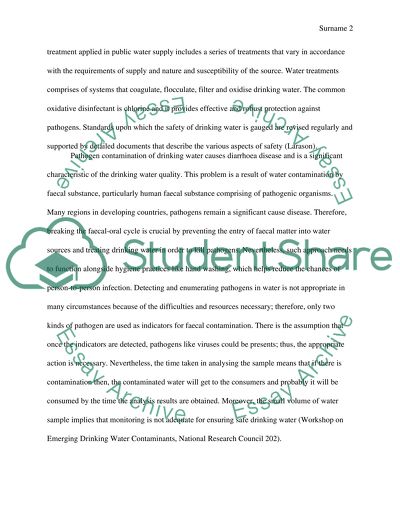Cite this document
(“Controversy between Safe and Pure Drinking Water Essay”, n.d.)
Retrieved from https://studentshare.org/english/1473300-controversy-between-safe-and-pure-drinking-water
Retrieved from https://studentshare.org/english/1473300-controversy-between-safe-and-pure-drinking-water
(Controversy Between Safe and Pure Drinking Water Essay)
https://studentshare.org/english/1473300-controversy-between-safe-and-pure-drinking-water.
https://studentshare.org/english/1473300-controversy-between-safe-and-pure-drinking-water.
“Controversy Between Safe and Pure Drinking Water Essay”, n.d. https://studentshare.org/english/1473300-controversy-between-safe-and-pure-drinking-water.


